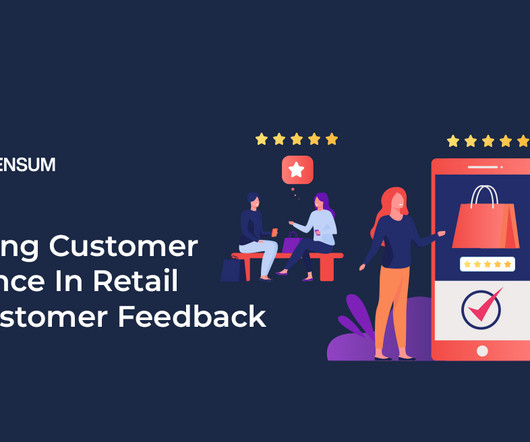What is the Best Way to Analyze Call Center Performance?
Magellan Solutions
MARCH 22, 2023
1) ABANDONMENT RATE The number of callers that hang up before reaching an agent is referred to as the abandon rate. There is a possibility that your abandonment rate is high because of some issues affecting your agents. This can help in reducing call wait times and determine which agents are efficient.
















Let's personalize your content